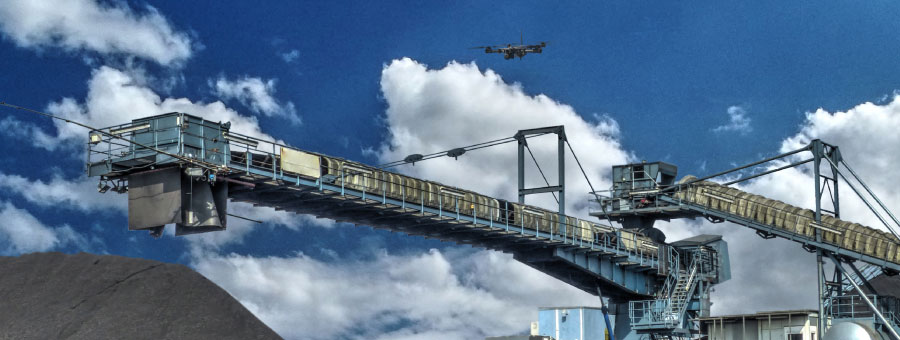The most advanced drones use GPS sensors for Smart navigation functions such as keeping its position at a fixed altitude and position, “Go Home” maneuvers enabling the drone to go back to the takeoff location, autonomous flights which are possible due to a route prepared in advance and made of referenced points by GPS locations… All these smart functions can be optimized through the use of a dual GPS sensor in our drone.
Drones that use a dual GPS sensor are more reliable, since they have redundancy when there is a failure of signal loss in one of the GPS modules. Besides, when having two GPs sensors it is possible to use GPS differential technology to obtain a attitude estimation based in GPS. Their accuracy is enhanced through the distance between the 2 GPS antennas installed in the drone, which makes possible to obtain a suitable navigation estimation from a minimum distance between GPS antennas of 50 cm.
The said fact has a key relevance because it permits to lower the importance of the compass, so drones with dual GPS sensor can be used in situations with electromagnetic interferences, such as powerlines inspections, monitoring mining works in iron mines or other environments with strong electromagnetic fields.
Dual GPS Sensor embedded in Veronte Autopilot
Veronte Autopilot embeds a dual GPS sensor that provides features that improve the flight accuracy through the use of RTK or RTCM algorithms; it permits operations with low GPS signal intensity, fast cold start… increasing flights safety and with an improved performance over the high features available nowadays. In addition, Veronte includes a higher coverage, permitting an improved reception for every GPS bands and auxiliary signals: GPS L1 C/A, GLONASS L1OF, BeiDou B1L.
It is remarkable that Veronte Autopilot embeds redundancy for its IMU, therefore it has two independent instruments for navigation, providing higher reliability and performance. The main advantage of having the said redundancy is that data coming from two different IMUs within the same system permit Veronte Autopilot to include extended corrections for positioning and orientation, which improves the position estimation of the dual GPS sensor.
